Best Leather for Gloves Review
Are you wondering what different types of leathers you can use for your glove projects? We got you covered! In this video, we’ll answer the following questions:
- What are the different types of leather that you can use for your glove projects?
- What are the differences in the functionality of the leather gloves?
- Which type of leather is not suitable for glove projects and which leather types can be used best?
Let us know your thoughts and questions in the comments section below. We always read your comments! We’ll see you again next time. A quick reminder to be authentic, be leather-savvy!
TRANSCRIPTION / WRITTEN ARTICLE
Hello, everyone! This is Tanner here. In this video, we’re going to try and help you determine the best type of leather for your gloves projects. I know there’s a lot of material out there helping you to define or determine what’s the best kind of leather if you’re working on a wallet or bag project but I haven’t seen much content that introduces you to the different options for gloves specifically.
To start with, what do you need when you’re starting on a glove design (a leather glove)? Well, you need something soft – something that gives you that tactile feeling, probably a thin material. Again, what purpose are you trying to design this article? This also matters. Is it just for a fashion piece? Or is it to keep your hands from the cold? Is it something that’s for work purposes to protect your hands? So this matters too. Hopefully, we can introduce to you a bunch of different leather options that are suitable for these kinds of projects and you can make a more educated decision and know where to find these leathers.
We can start with what is not suitable for a glove project. In the market, you can probably find the most common types of leather which is the full-grain cowhide that we have here. They’re gorgeous pieces but they’re made for wallets, bags, shoes, or those thicker and stiffer requirement projects. So this won’t work if you’re trying to make a glove. If this is the only thing that you can find in the market, I don’t blame you because this is the most commonly sought-after product but it’s just simply not for the gloves.
So don’t go for a full-grain cowhide or start your search there. Instead, you’re going to need to go for thinner options and maybe different skins. So, as you see, the gloves I’m wearing here are made out of goat skin which is much thinner and gives you that tactile touch and feel to control things when you’re moving along your day. But, again, this is not the best option and we’ll mention it again by the end of this video to explain why.
Let’s take off this first one and start with this option right here. This is small goat skin. It’s a baby goat. It’s made specifically for glove projects. It’s super soft and thin. The weight of this item is about two ounces if I’m not wrong. Yeah… 1 ½ - 2 ounces (0.6mm) in thickness. This is actually the featured product of our video today. This has the touchscreen ability. You can use your touchscreen devices when you have a glove made out of this article. We’re going to come back to this to talk a lot more about it.
Some other option we have here is double-faced fur sheepskin. So this is more for gloves that protect your hands from the cold. Usually, we make gloves using the flesh side of the suede or the finished side of the skin (outer face of the glove) and your hand goes inside where the fur is. It’s much warmer and protects you from the cold. There’s not much tactile feel to it because the gloves you can make out of this article will be bulky but it serves the purpose when you really need them in very cold environments.
Number three here is another sheepskin but now, this is without the hair. This is an aniline finish sheepskin. This is pretty soft and thin as well. You can even thin this down because the weight of this item is 2 ½ ounces. This might be a little thick and stiff but if we thin and split it down (which is also available in the market), this can make pretty good fashion gloves with a very nice, soft, and silky touch to it.
Number four here is a cow suede. Basically, this is a beautiful red color with a writing effect suede. You can make a fashion glove out of this. This is not going to be your most useful item. It’s soft and fairly thin since it’s cowhide. But it’s hard to keep it clean. It’s going to get dirty pretty quickly but it will complement some of your clothes perfectly because of its shiny and velvety touch and look.
Lastly, we have a cow– well, buffalo hide here which is a softy finish. We actually call it “softy.” This can be thinned down. This is currently about three ounces (1.2mm) in thickness. It can be used at this thickness or it can be split down to an even little lighter weight to make it more suitable for glove projects. It is stretchy, which is what you need for glove projects and it has a very unique pattern of the buffalo grain as you can see here which will give you a pretty fashionable face design.
Let’s go back to our specialty article on touchscreen-enabled goats here in a second and tell you more about that. What I love about this is the touchscreen feature. So to illustrate this further, I’ll put out my phone. And here… we’ll show you what we mean by this. You can perfectly play with your phone as you wear this glove because it’s tanned that way. To further illustrate the point, the sheepskin option we just talked about will not give you that ability. You can put your finger in it but you can’t use your phone or any device for that matter.
So in today’s environment, we are obligated to use our phones pretty much constantly. You have to take off your gloves whenever your phone rings or whenever you need to text while you’re wearing gloves. It’s very frustrating. But this article is designed specifically for that purpose. The chemical recipe in the tannery is basically how we accomplished this. It enables your skin to conduct that electric circuit in your touchscreen devices because of the chemical structure inside the tanning recipe of this leather and it completes that functionality making it perfect in today’s technology age. Perfect glove material.
We’re going to make this article available on our Tannerstein website. The colors are also going to be available. There’s no limit in terms of color and even grain types. We can play with it. If you have any glove projects in mind and you want to try different leathers for them, this might probably be the best option from the functionality standpoint. These are not going to be your warmest gloves ever. This is more of a fashion piece to complete your clothes. It will definitely still protect you from colds since it’s leather at the end of the day. It has a great feeling. The inside is suede or you can use some lining but you need to test if you still have the touchscreen function if you put some lining in it. Actually, that’s for another video that we can experiment with this together. Very soon, we’re going to start making our glove designs here at PEGAI as well using this leather and we will invite you to the process of how we make those gloves using those leathers in a DIY fashion.
Hopefully, this gives you some idea of leather options for the glove projects you have in mind. If there’s something you are curious about that we haven’t covered yet, please let us know so we will do some research and get back to you with another video. Thanks for watching and please don’t forget to subscribe.




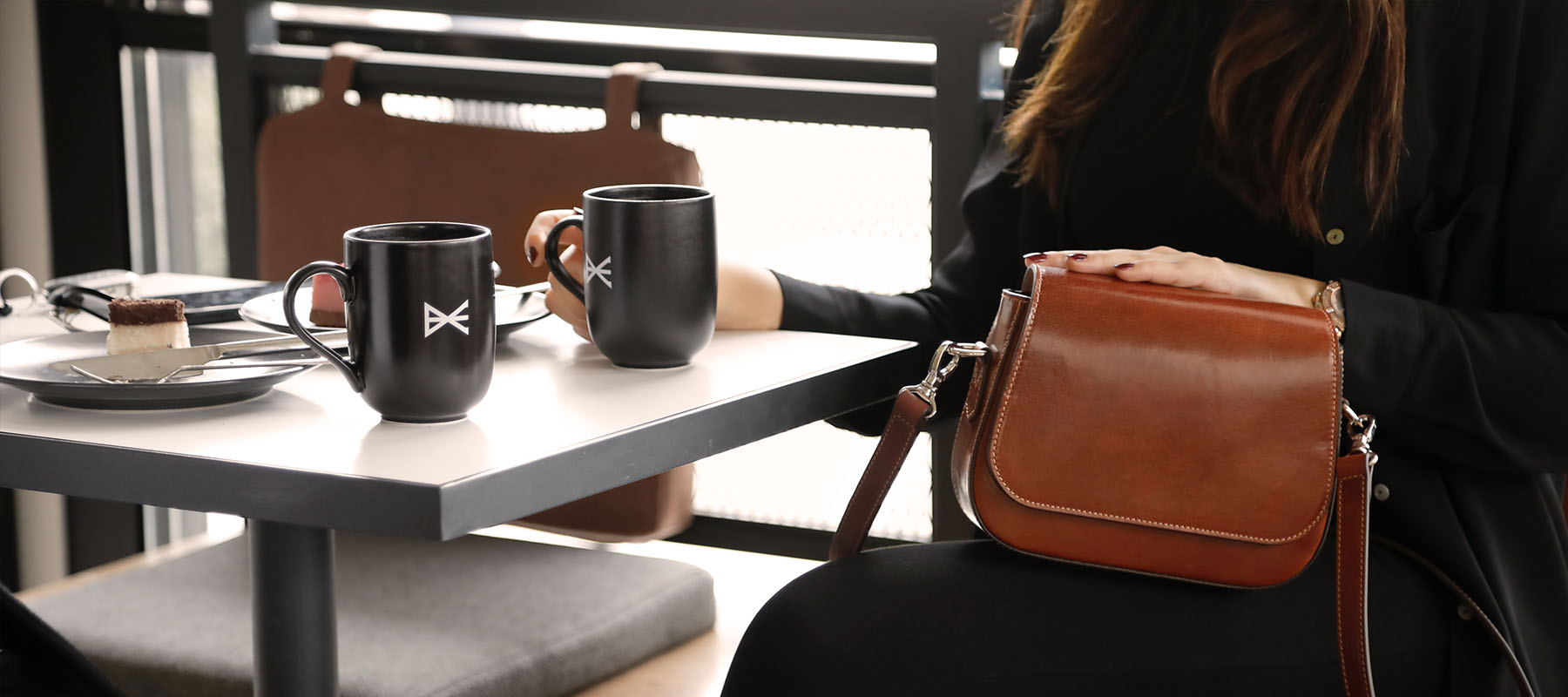
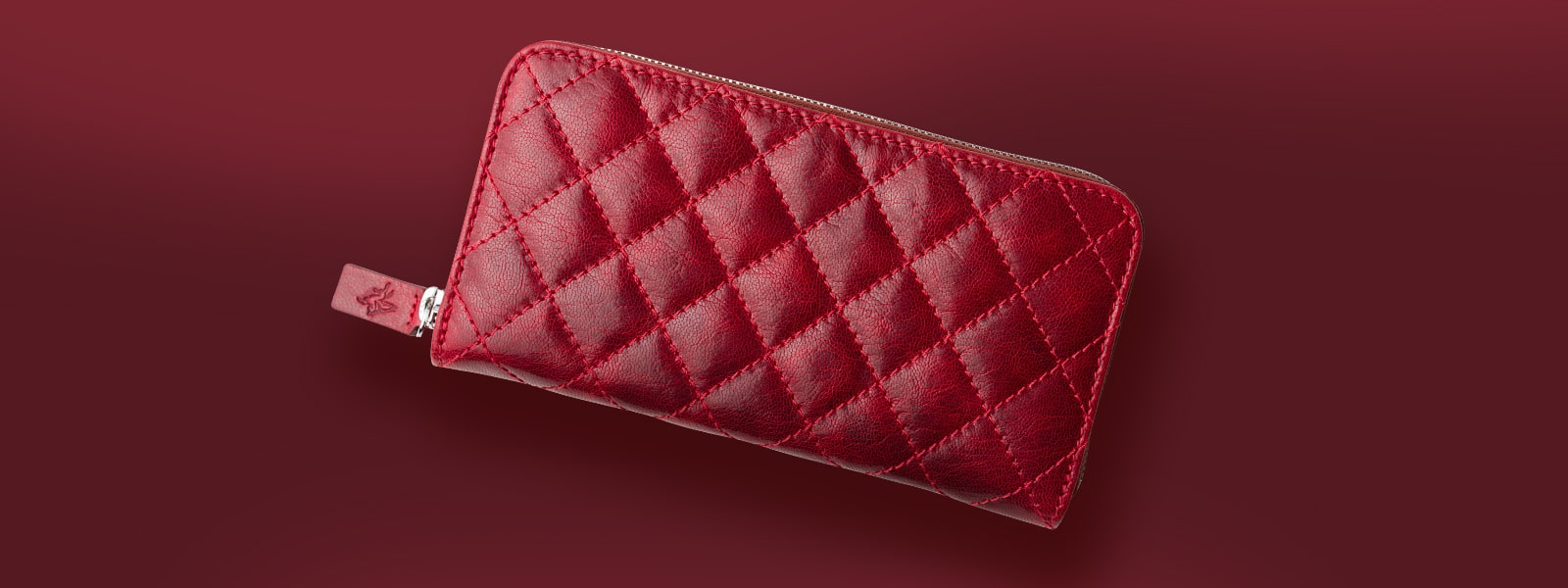
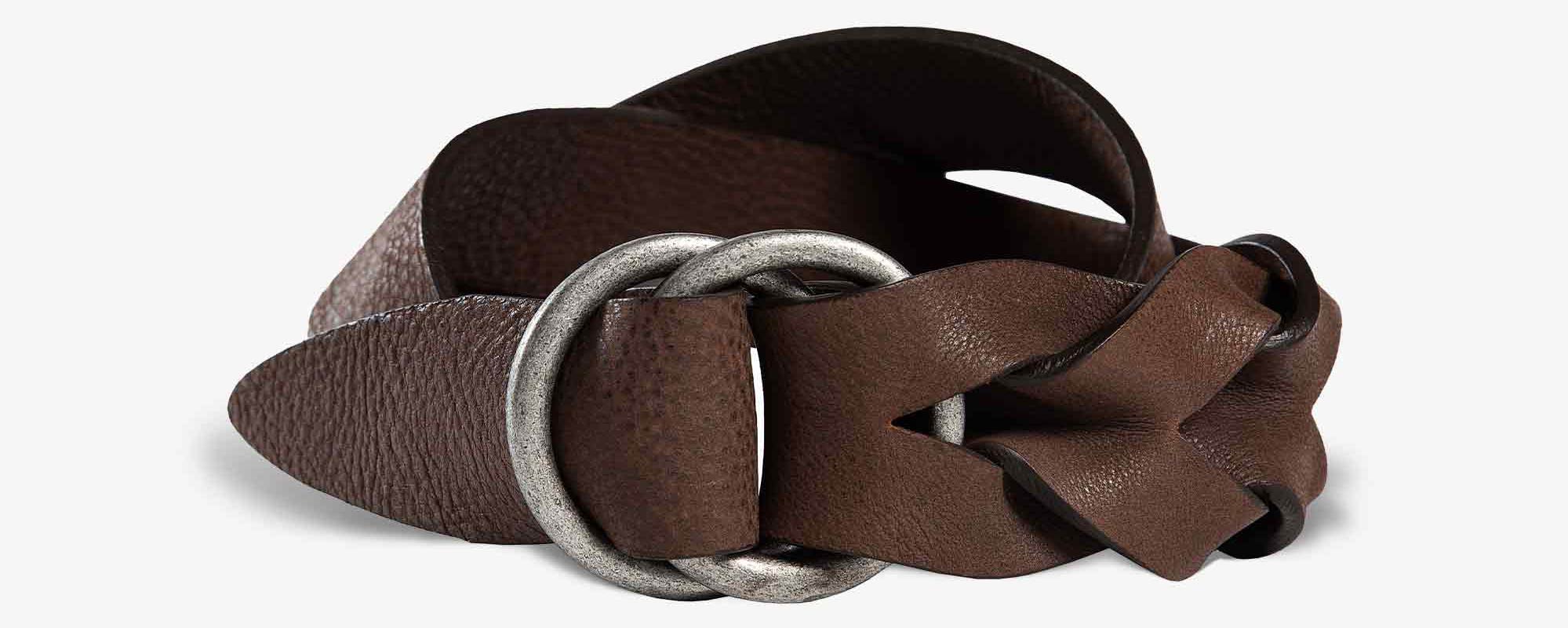
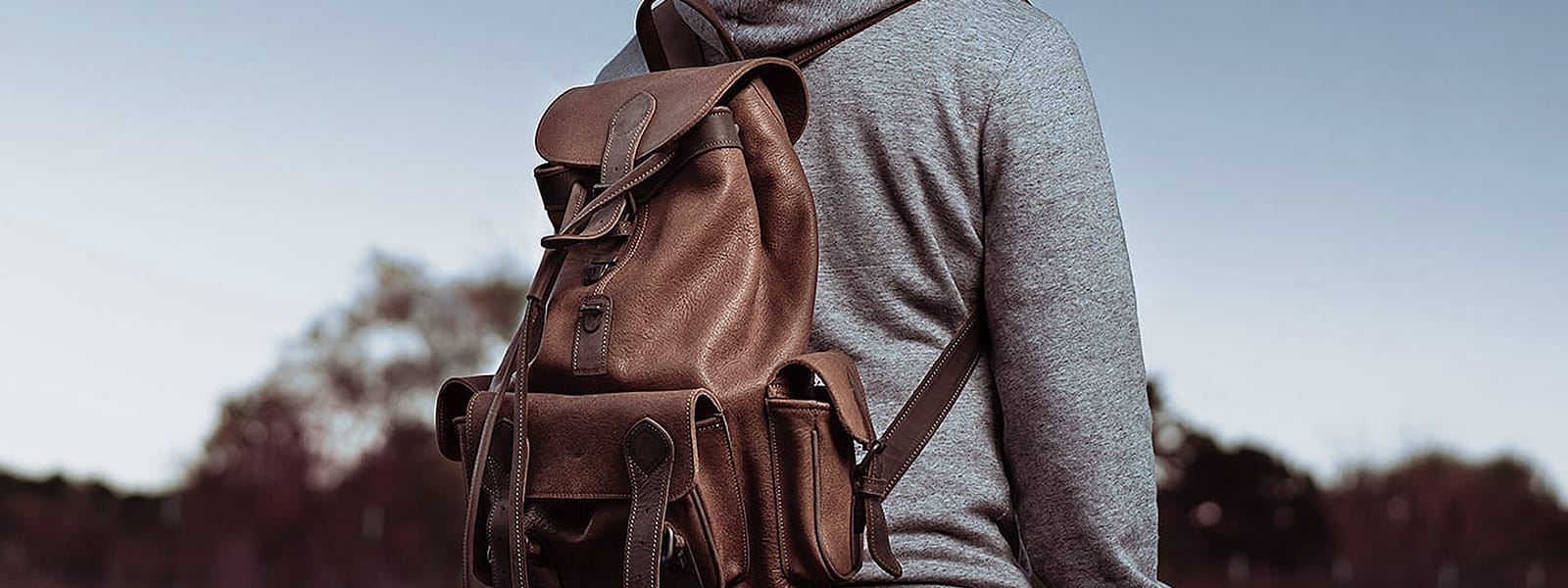
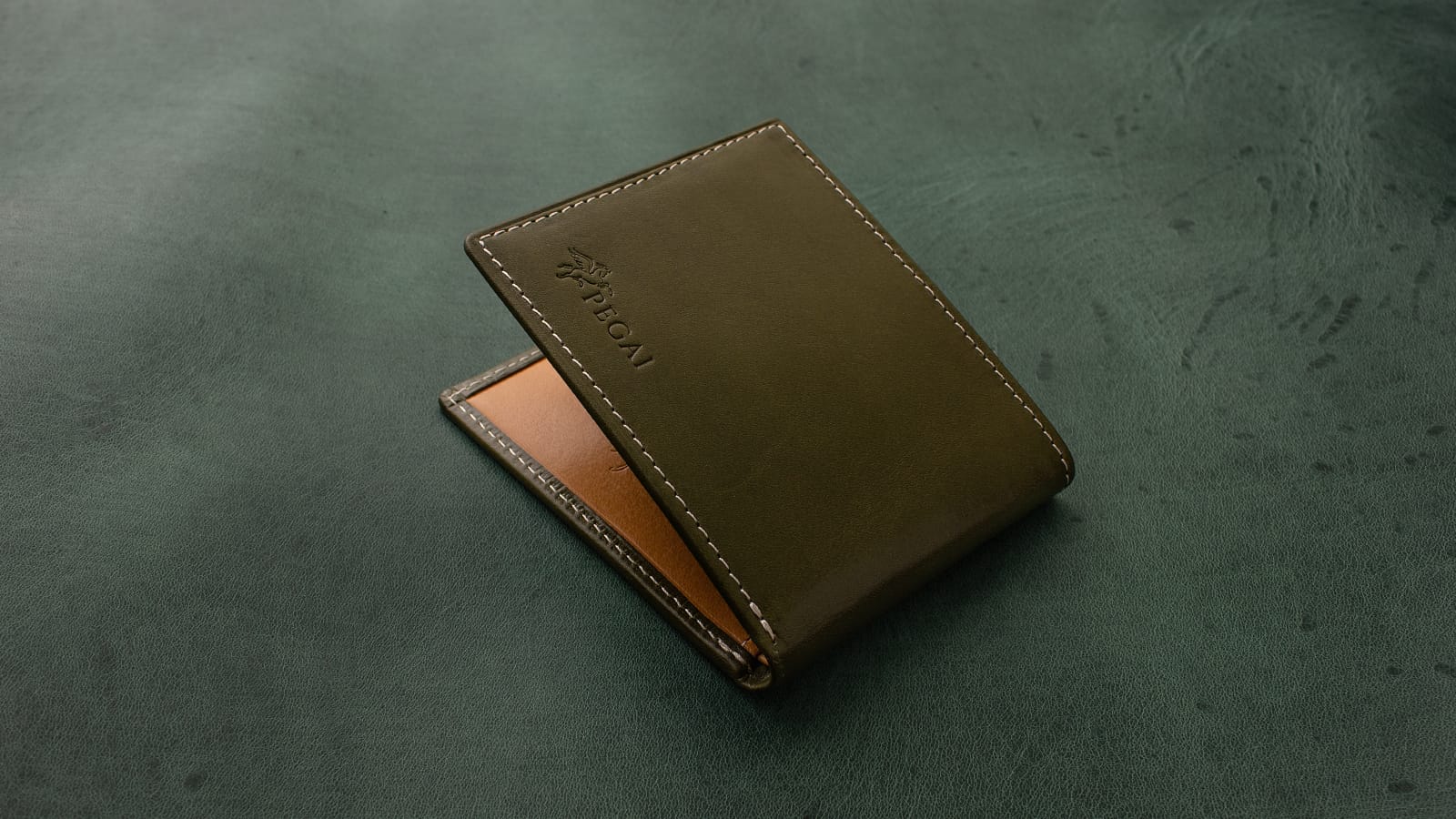
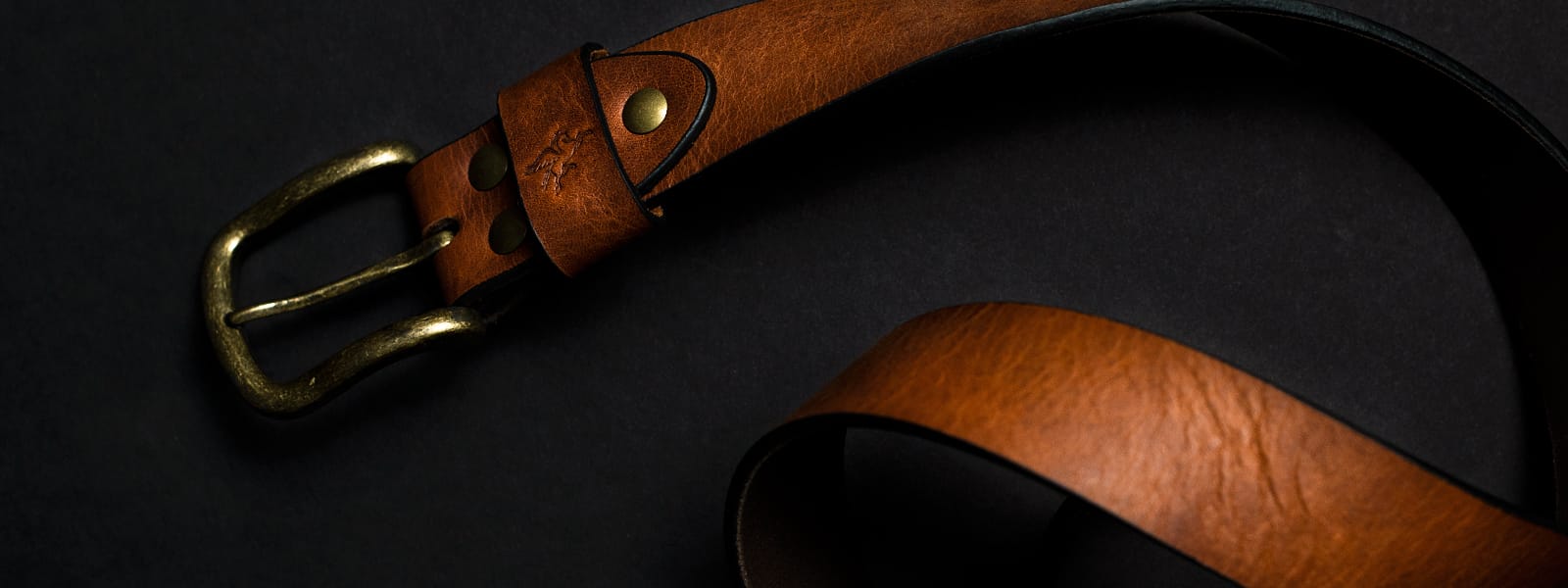

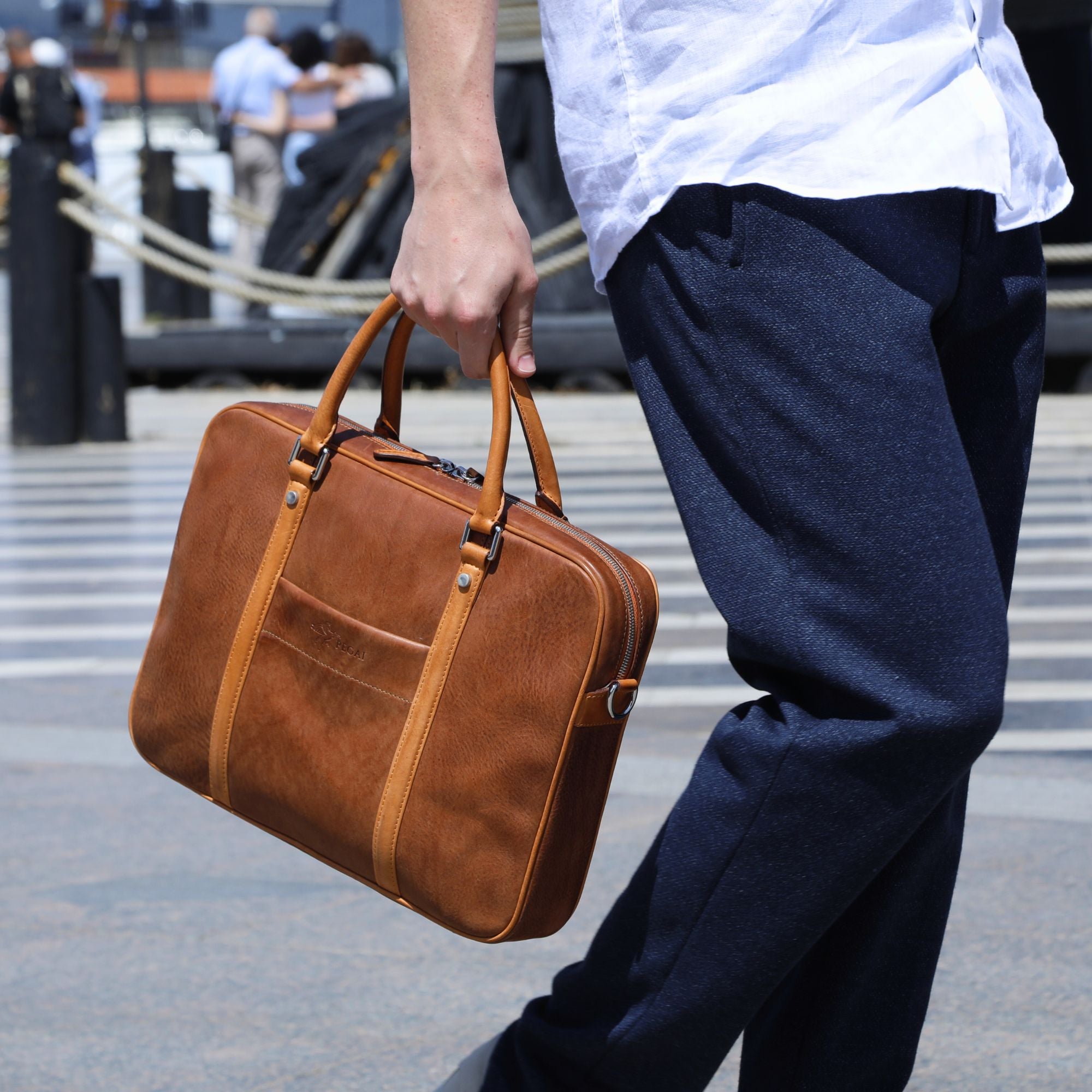
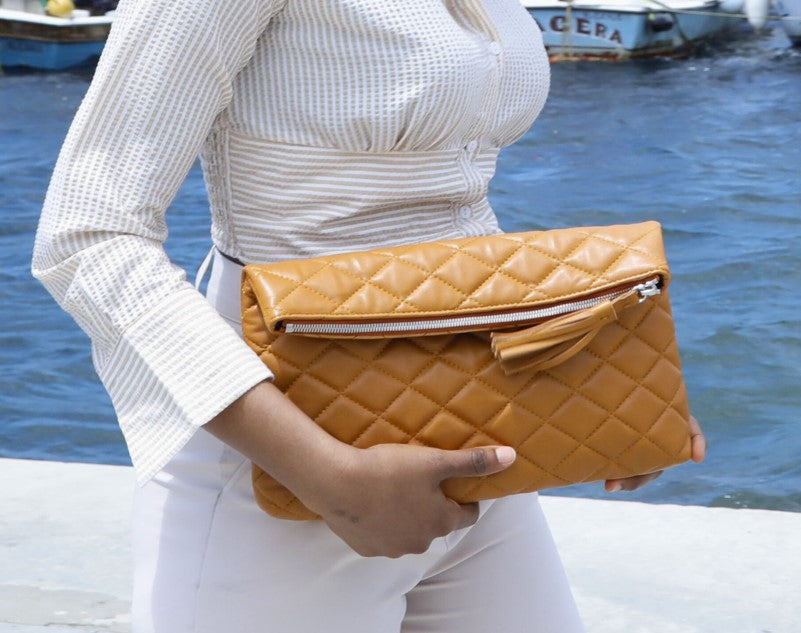
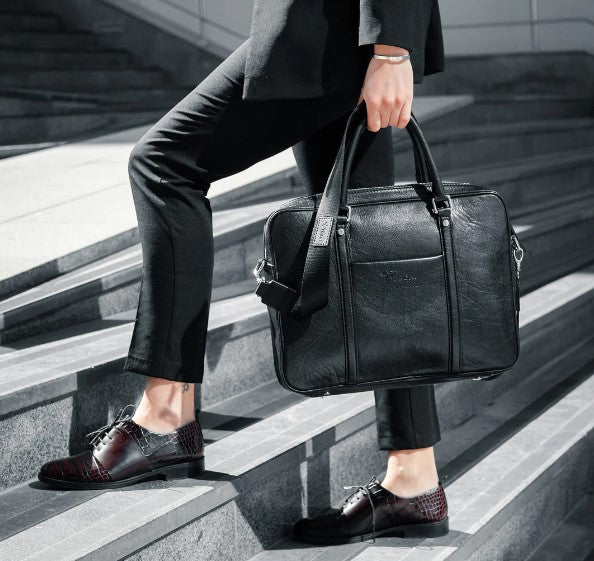
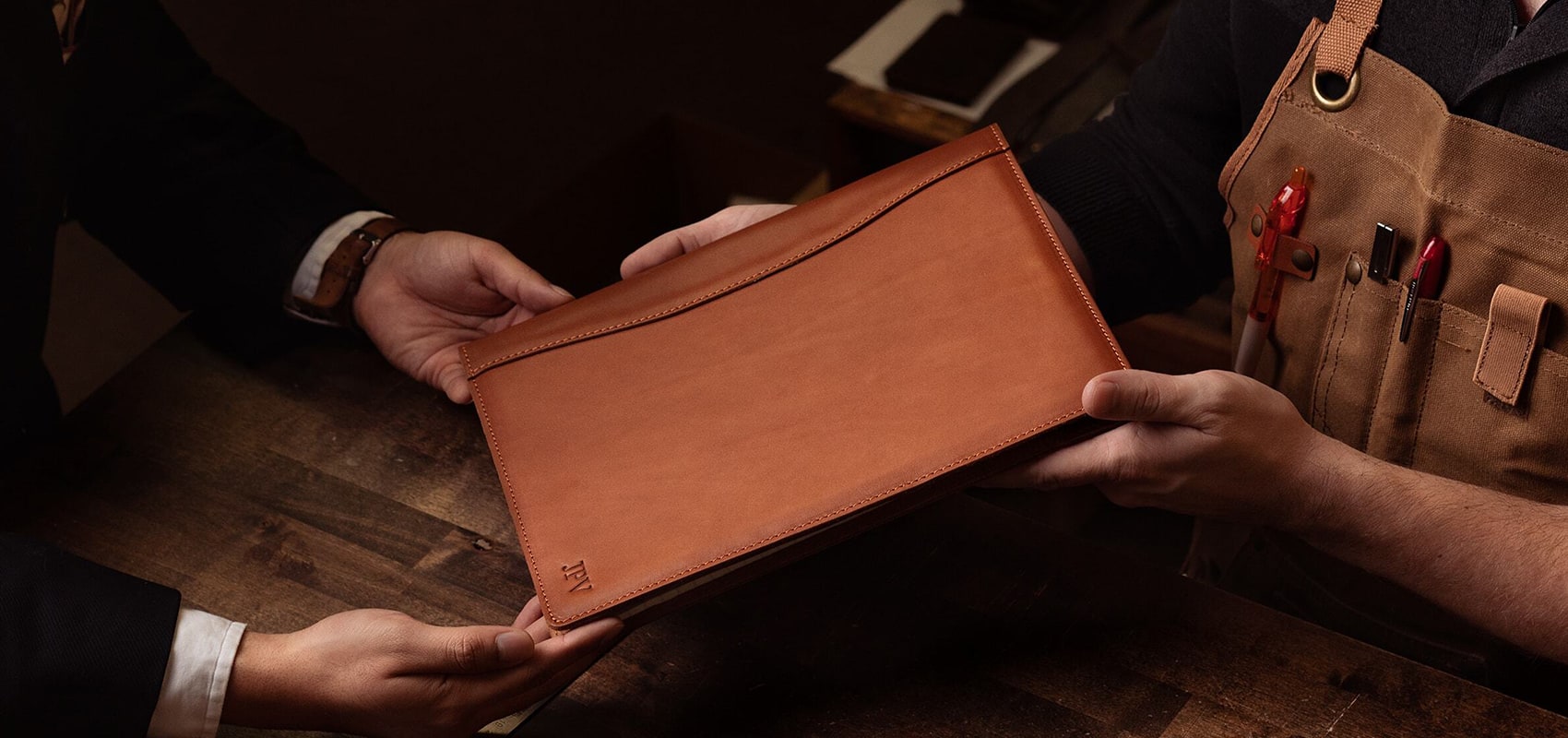
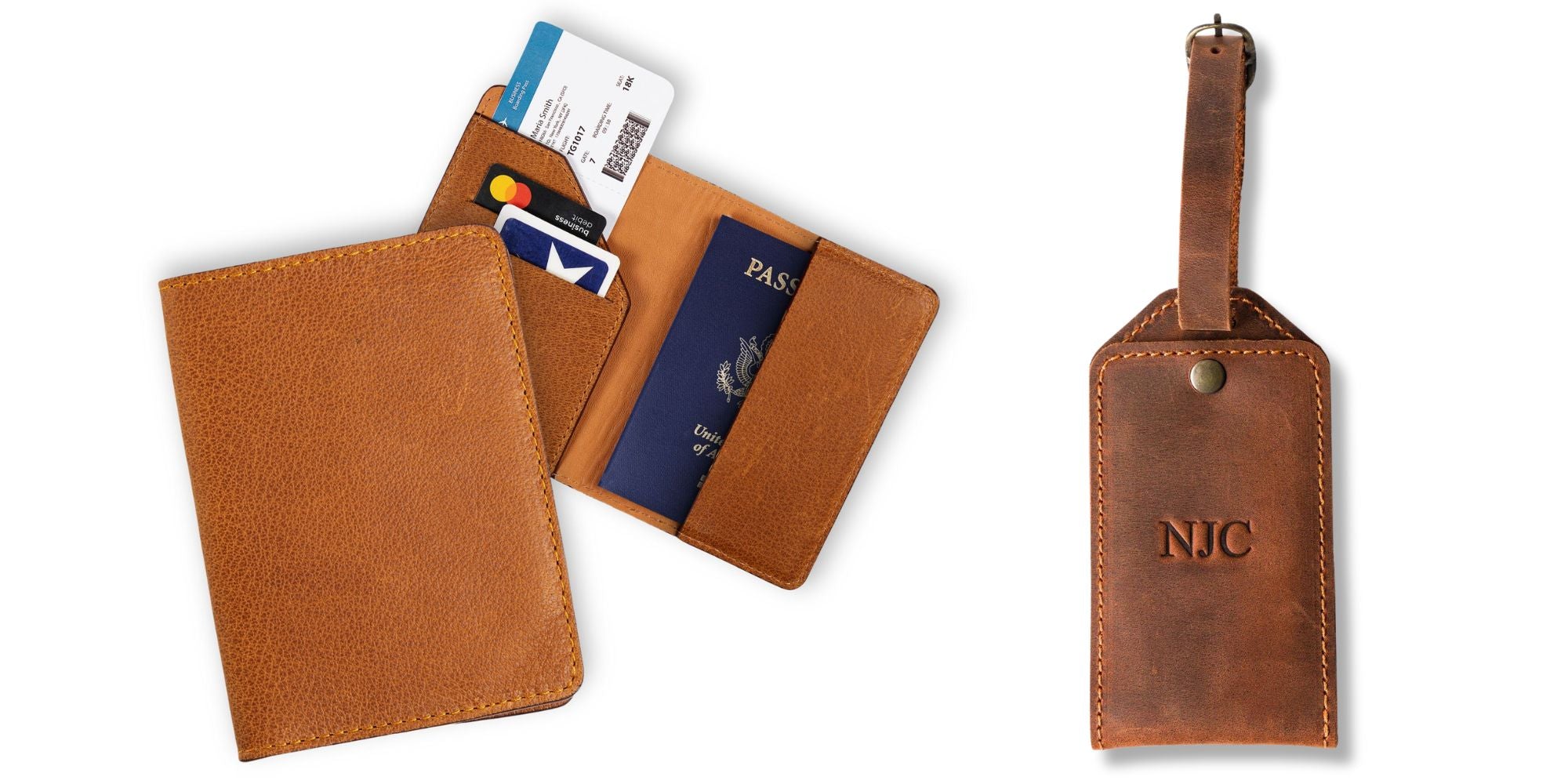
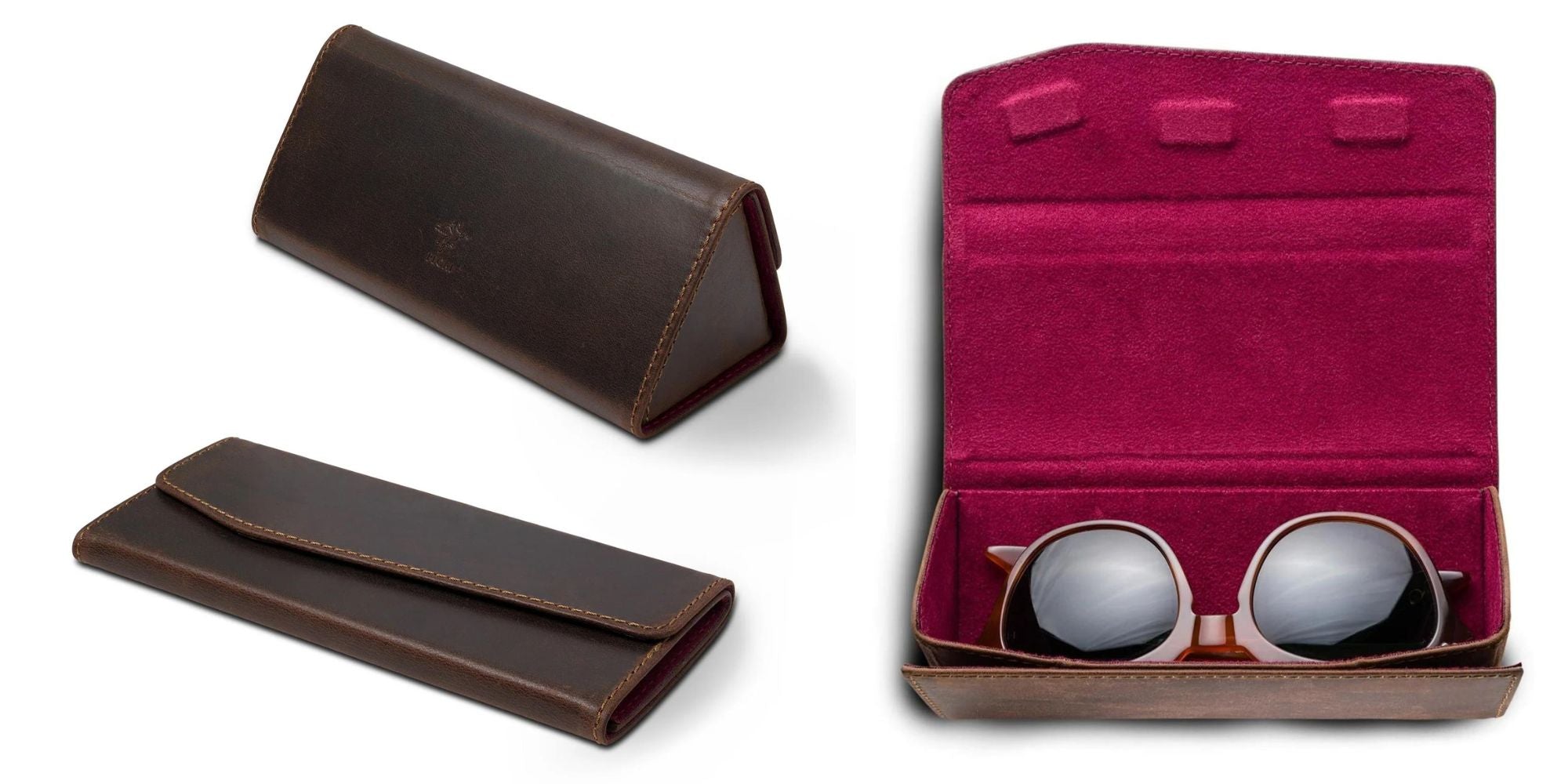



Leave a comment